Gold out of Industrial Waste? This Mumbai-Based Researcher Has the Answer!
The spark of inspiration ignited in Shubhi Sachan during her masters’ final project, ‘Traditional Futures’, which dealt with various agricultural waste and their secondary uses.
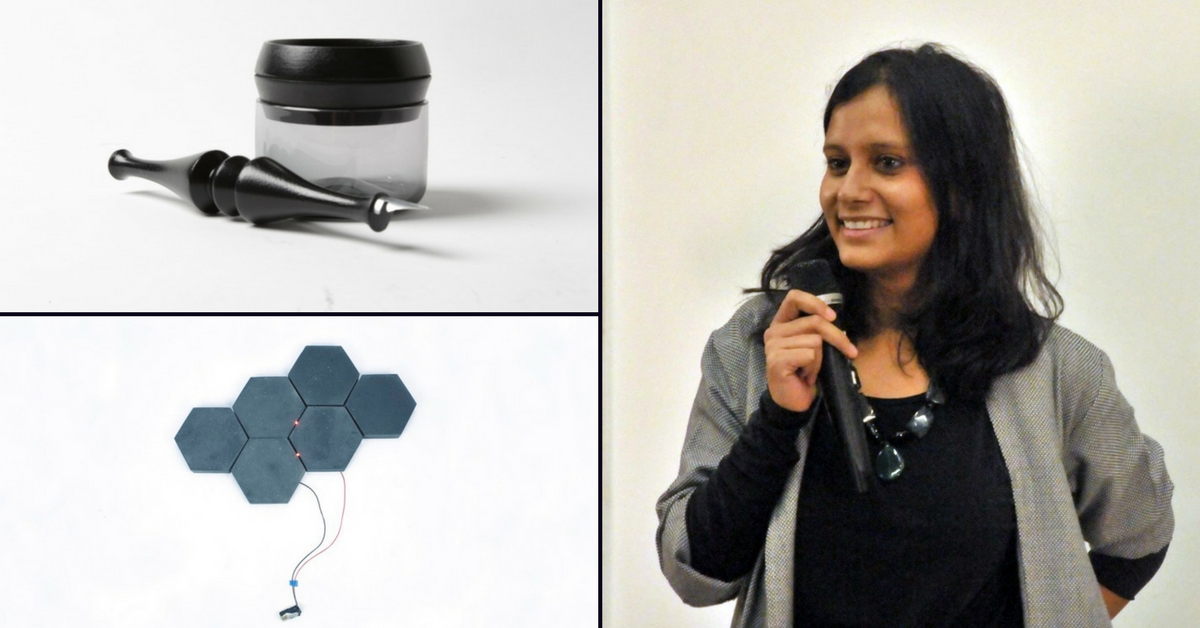
While plastic may take the crown for being the largest component of the global waste produced annually, many other contenders contribute significantly to the ever-growing waste burden of the planet.
Take, for instance, industrial waste. Have you ever wondered what happens to the many metric tons of chemical solvents, pigments, sludge, metals, ash, paints, sandpaper, paper products, and radioactive wastes produced by factories, industries, mills, and mines on a daily basis?
In fact, did you even consider the possibility of such materials being classified as waste?
The aforementioned things comprise just the tip of a large iceberg. In fact, every industry has its share of waste products and just like plastics, these find their way to landfills and incinerators, after being rendered useless.
What if, these ‘scraps’ could be put to better use instead of writing them off as waste once and for all?
One Mumbai-based designer-cum-researcher decided to work out how this could be achieved and forayed into the field with the prime focus of making waste materials come to life again.
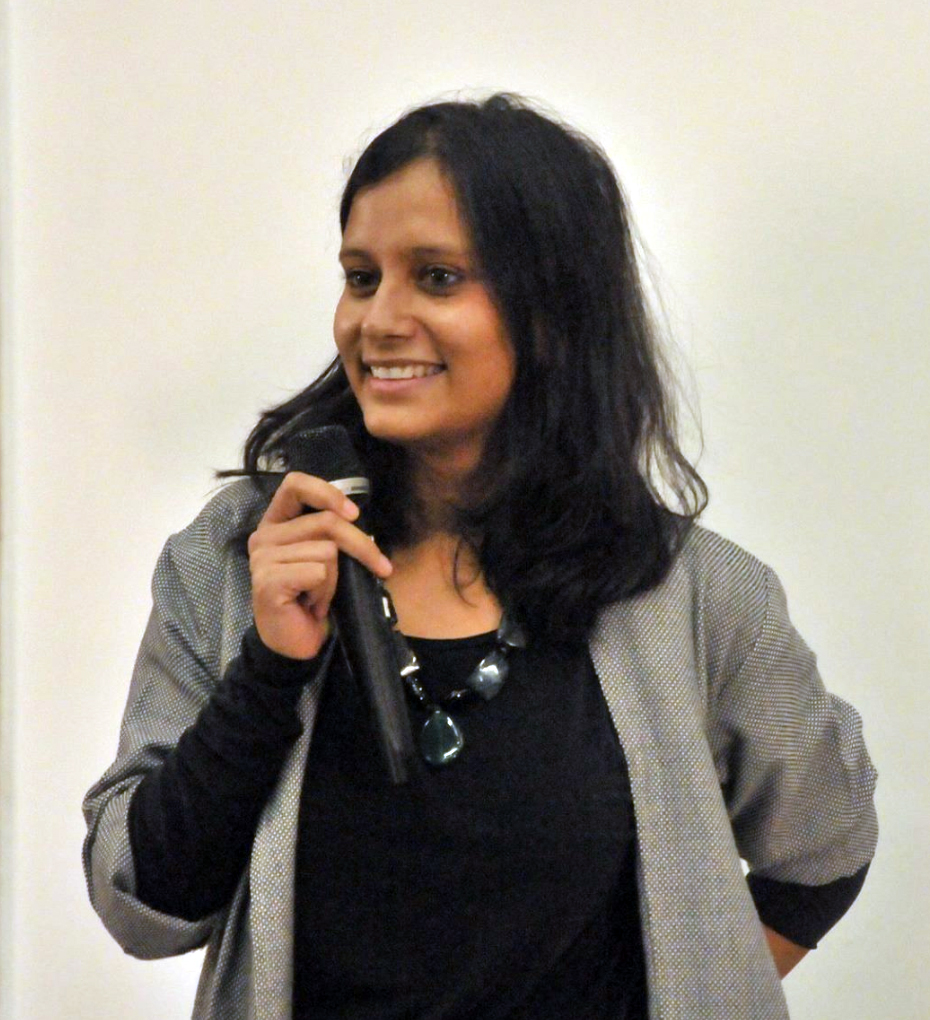
After studying Textile Design at New Delhi and followed by a Masters in Material Futures at Central Saint Martin’s in London, Shubhi Sachan formally began pursuing her research on waste materials and their sustainable repurposing in 2012.
The spark of inspiration ignited in the young woman during her masters’ final project, ‘Traditional Futures’, which dealt with various agricultural waste and their secondary uses and how every single outcome or indigenous use from a farmer’s crop could be made valuable.
Rice husk ash was the focus of the research, that took Shubhi all the way to Bihar and work on the field with a local company, Husk Power Systems.
What may be waste for one could be gold for another and Shubhi’s research only corroborated that! Who would have ever thought that materials such skin cleanser or ink could be fashioned out rice husk ash?
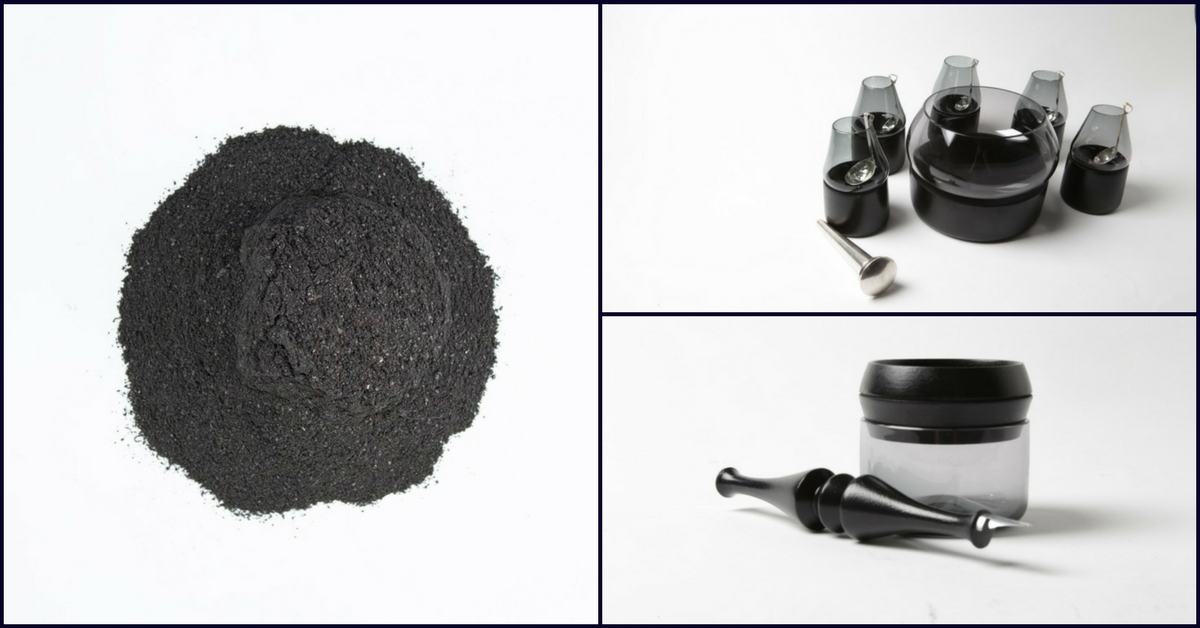
In 2015, she went on to conceive the ‘Punāh Project’, which was proposed to Godrej & Boyce, one of India’s major manufacturing conglomerates.
“The project intended to help such a big corporation shift their focus from a linear economy to a circular economy by considering their large-scale industrial waste as a valuable resource,” says Shubhi to The Better India.
Intrigued by the unique approach, which could pave the way for a more sustainable and profitable manufacturing practices, the conglomerate incubated the research at its Innovation & Design Centre.
For the next two years, Shubhi’s research took her across the country to study waste generation in 39 Godrej & Boyce manufacturing sites and develop alternative applications for non-hazardous industrial waste through material design and research.

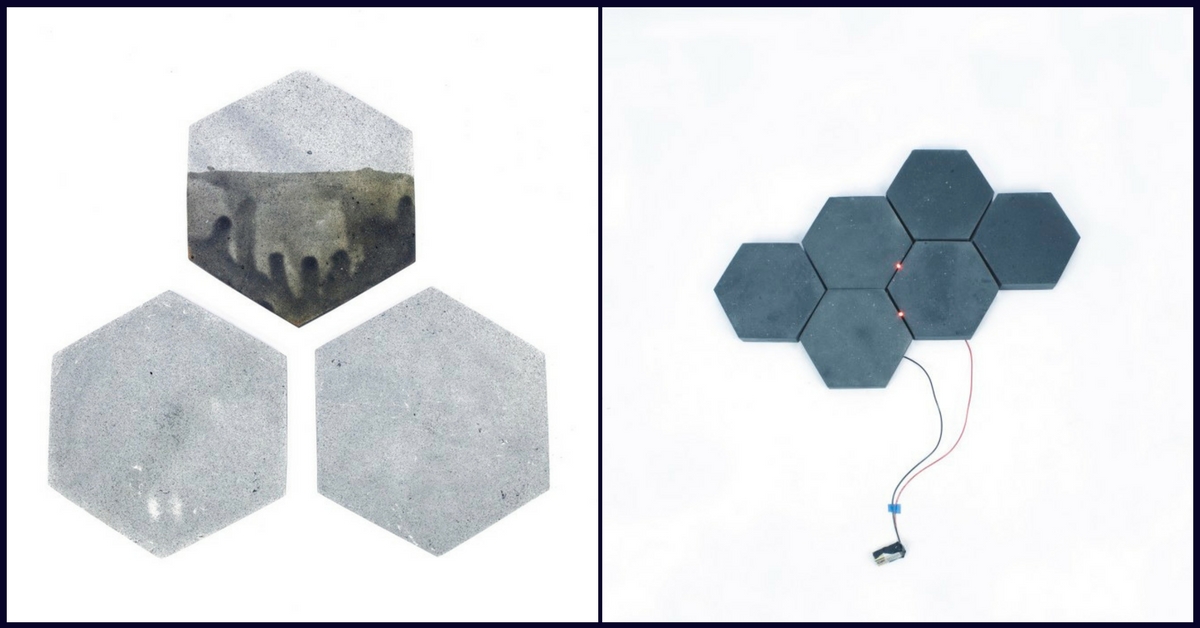

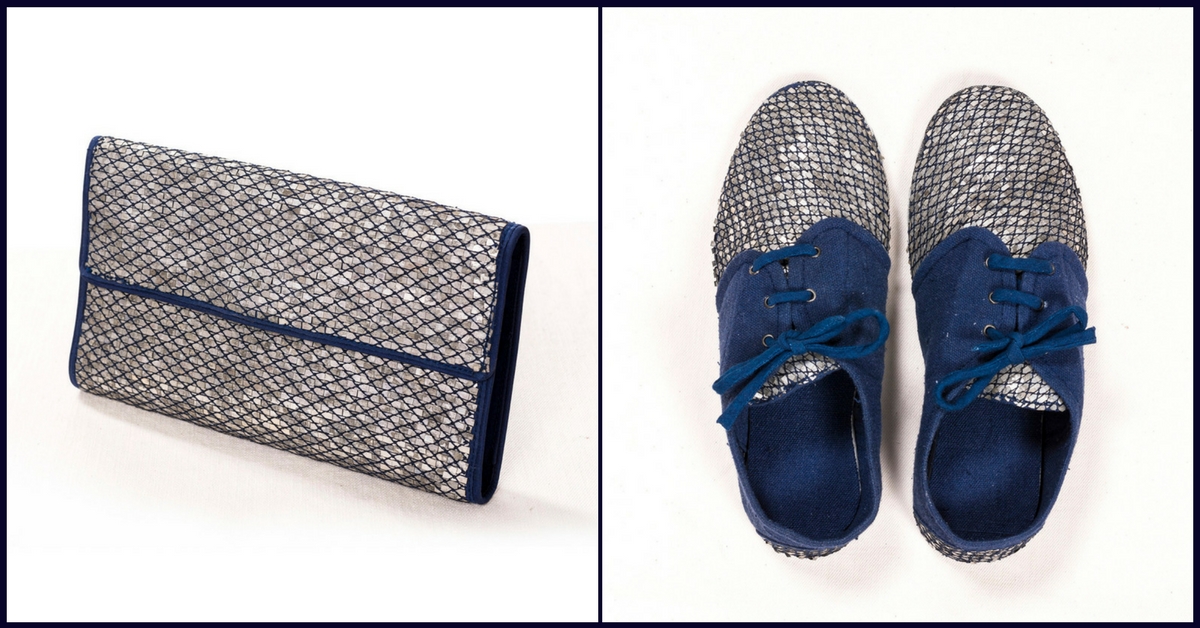
“As many as 600 materials were part of my study, which I’d undertaken single handedly. Everything that was submitted as a product option under the study had been tried and tested by myself. Apart from a lot of travelling, the research also taught me something very important—about waste comprising materials of whose use hasn’t yet been deciphered.
You may also like: This Upcycling Workshop Can Help You Convert Your Trash Into Striking Home Decor Items
“The proposed material findings or products aim to generate and sustain a dialogue about the latent value in industrial waste materials that can be harvested through traditional crafts. Designed using non-hazardous materials, it explores these materials through objects that resonate with various aspects of our day-to-day lives,” Shubhi mentions.
Basically, from furniture to lifestyle accessories, fashionable garments to technical and intricate surfaces, these materials can be used create handcrafted products from industrial waste. Such works offer indefinite possibilities to industries and organisations, letting them lucratively manage their waste without burdening the already over-mined planet.
Following her stint with Godrej & Boyce, she put together a fashion label – Jambudweep, which showcased its ‘Reincarnations’ collection at Lakmé India fashion week last year.

“The idea that waste can’t be developed to something usable has to evolve. If one does not know a dress or an accessory is made out of industrial waste, it would be quite hard for anyone to figure the underlying fact just by glancing at the finished product. From runway accessories crafted out of ceiling fan waste to costumes fashioned out of slaughterhouse waste, we have turned waste into fashion and thus giving life to materials that are cast away,” she explains.
You may also like: Best of Waste: This Mumbai-Based Startup Transforms Vinyl Records & CDs into Lifestyle Products
Shubhi’s research has already garnered appreciation at various global platforms, besides mentoring at S.T.E.A.M school. She plans to extend it forward as an impact-centric approach.
“From here, what I have in mind is a three-fold route. While consultancy and making products are already underway, what could be even more impactful is to take it to academia. If the coming generations grow up with awareness about waste and how it could be repurposed with viable options, youngsters would consciously strive towards better concepts to tackle the same,” Shubhi adds.
To know more of Shubhi Sachan’s research, you can check her website. You can write to her at [email protected].
Like this story? Or have something to share?
Write to us: [email protected]
Connect with us on Facebook and Twitter.
NEW: Click here to get positive news on WhatsApp!
If you found our stories insightful, informative, or even just enjoyable, we invite you to consider making a voluntary payment to support the work we do at The Better India. Your contribution helps us continue producing quality content that educates, inspires, and drives positive change.
Choose one of the payment options below for your contribution-
By paying for the stories you value, you directly contribute to sustaining our efforts focused on making a difference in the world. Together, let’s ensure that impactful stories continue to be told and shared, enriching lives and communities alike.
Thank you for your support. Here are some frequently asked questions you might find helpful to know why you are contributing?


This story made me
-
97
-
121
-
89
-
167











